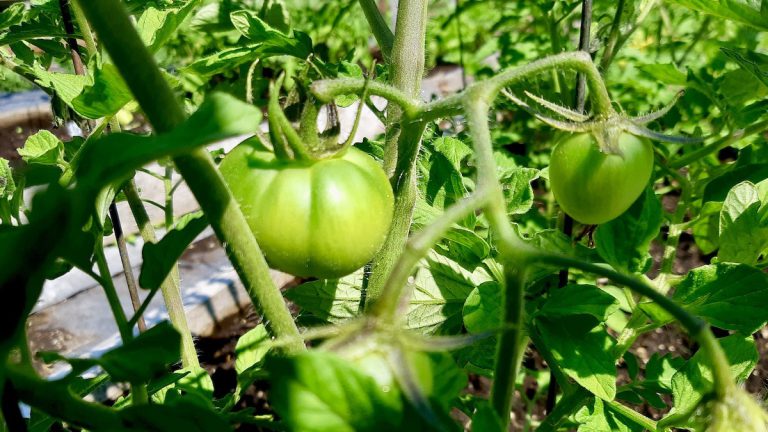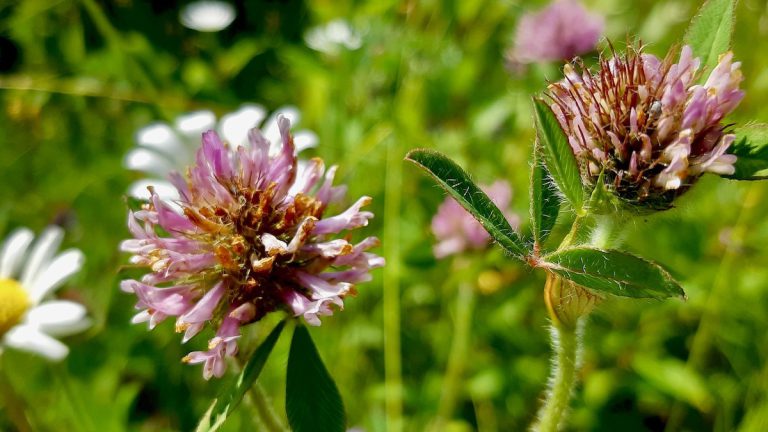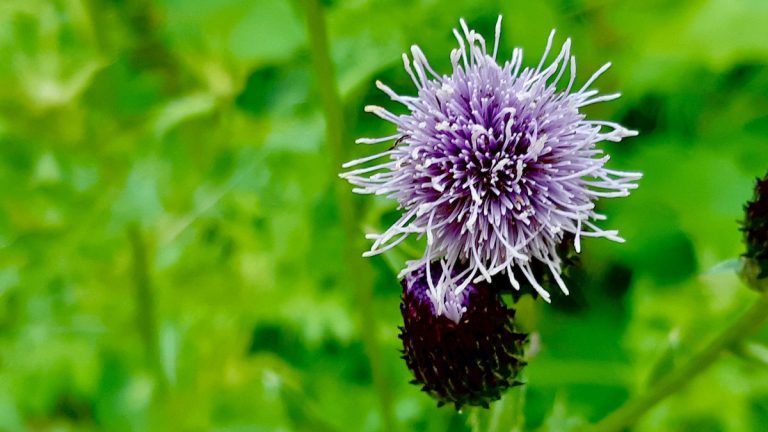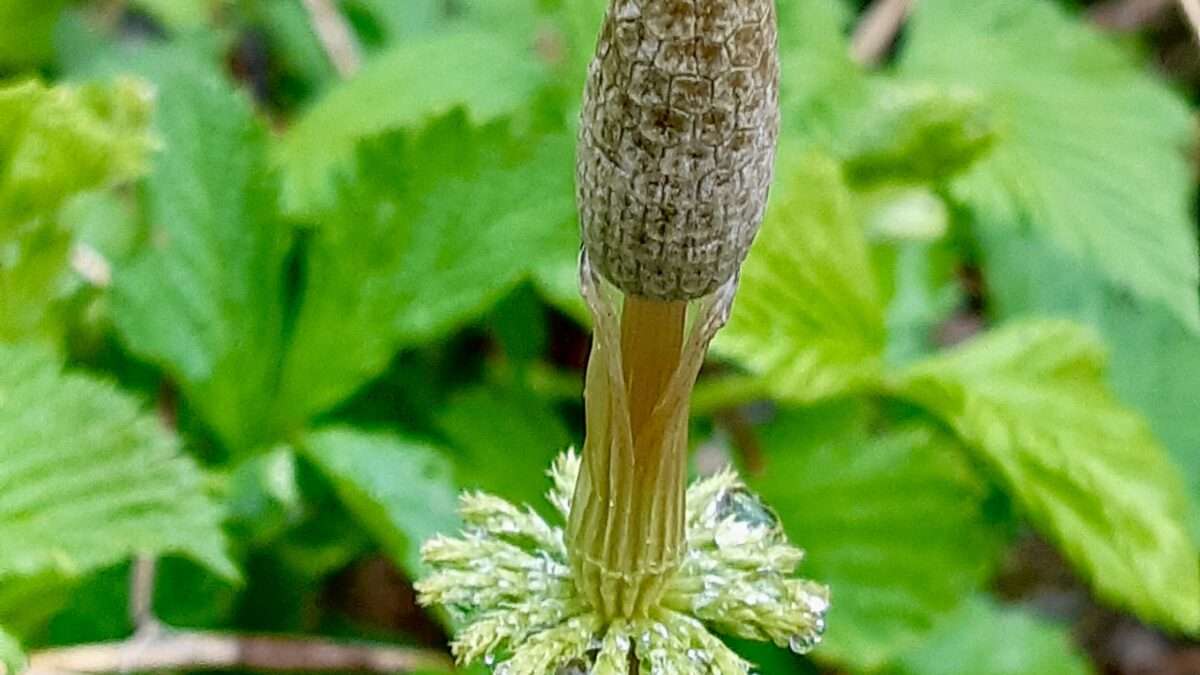
A solitary stalk of horsetail, a living fossil reaching towards the light. This ancient plant, a survivor from the age of dinosaurs, showcases its unique segmented stem, a testament to millions of years of evolution.
Unraveling the Unique Biology of Equisetum
Ever spot a segmented green stalk reaching up from the earth? You might have just encountered a horsetail! These fascinating plants, part of the Equisetum family, are like living relics, connecting us to a time when dinosaurs roamed the planet. They also boast some surprisingly practical and downright odd characteristics.
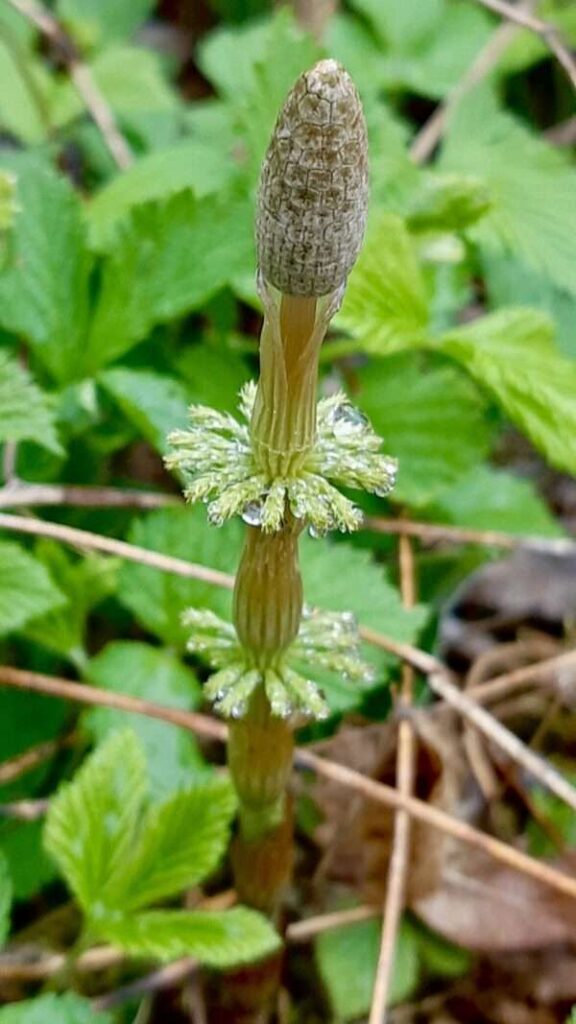
Think of horsetails as the ultimate survivors. Their ancestors were giants during the Carboniferous period, towering over the landscape. Today’s versions are smaller but still carry that ancient lineage. Their stems are a dead giveaway – jointed like a child’s building blocks, often hollow, and ridged. Instead of the leaves we typically imagine, they sport tiny, scale-like structures that form neat little rings around each stem joint. And when it comes to reproduction, they skip the flowers and seeds, opting for a more primitive method: releasing spores from a cone-like tip.
Here’s a quirky bit: feel a horsetail stem. Notice that roughness? That’s thanks to the silica they absorb from the soil – the same stuff that makes sand gritty! This natural abrasiveness led to a clever historical use. People, from early European settlers to Indigenous communities, used these “scouring rushes” to scrub their pots and pans clean. Even today, this natural polishing power is appreciated in crafts like woodworking in Japan.
But their usefulness doesn’t stop there. For generations, horsetails have appeared in traditional medicine practices across different cultures. And surprisingly, the young, tender shoots of some species are even edible when cooked! Ecologically, they play a role in the environment, influencing how nutrients cycle through the soil in certain habitats.
What makes horsetails truly captivating are their unique traits. They’re the sole survivors of an entire plant group from prehistoric times – a living fossil in our midst! Their underground stems, or rhizomes, are like a secret weapon, allowing them to spread quickly and deeply, helping them bounce back even after disturbances like fire. They also have a fascinating “alternation of generations” life cycle, a botanical two-step. And if you were to peek at their cells, you’d find they’re packed with a surprisingly high number of chromosomes, a testament to their long evolutionary journey.
Now, a little heads-up for our Northern Ontario readers who might find these in their gardens: horsetails can be persistent growers, and while they’re interesting, they might not be the best snack for your furry friends if they overindulge.
So, the next time you see a horsetail, take a moment to appreciate this ancient survivor. From its scrubbing power to its prehistoric roots and quirky biology, it’s a fascinating piece of Earth’s long history, thriving right here in our own backyard.

